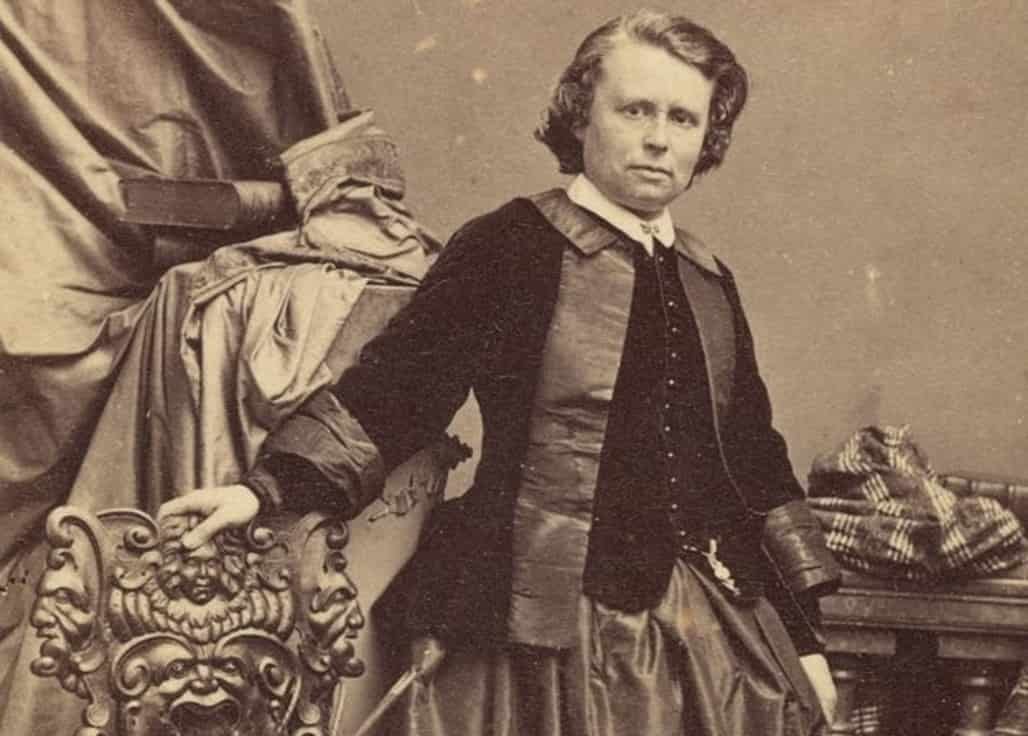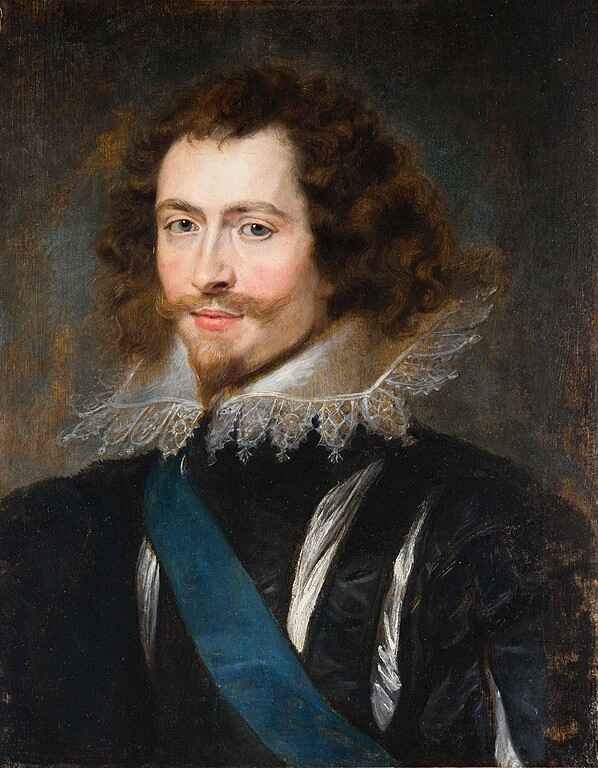Rosa Bonheur
This March 16 marks the bicentenary (200 years) of the birth of Rosa Bonheur. Painter and sculptor, she was recognized by her contemporaries, in France and abroad. But two centuries later, few know the story of the brilliant artist, whose life was independent of men, a rare thing in the 19th century.
“A challenge” to sum up Rosa Bonheur in a few words. At the same time, a great artist and a great personality, her life as a woman and as a painter are inseparable.
Marie Rosalie Bonheur (known as Rosa Bonheur)
Rosa Bonheur was born on March 16, 1822, in Bordeaux, before moving to Paris with her family. This day therefore marks the bicentenary of the artist, who fell into oblivion after her death in 1899. However, her art and her life have nothing in common for a woman of the 19th century. “A complicated century for women and women artists, but Rosa Bonheur stood out from the crowd with her talent”.
Some speak of genius, especially in drawing. She was able to draw an animal from memory or from a photo she took herself. Experts said she defied daguerreotypes, that is, her drawings were so close to reality that today they are used to trace the characteristics of extinct species.
The wealth of the living world
Coming from a family of artists, Rosa Bonheur produced an abundant body of work, the fruit of her daily cohabitation with animals, in her successive workshops and in the field. During her travels, in Auvergne, in the Nivernais, in the Pyrenees, as well as in Scotland, she shows an insatiable curiosity for the diversity of species and their biotope. She is also fascinated by the wild beauty of the wide open spaces of the American West, and its inhabitants, human or not, even if she was never able to get there. The artist took great pleasure in depicting Buffalo Bill and all the cast of the Wild West Show in 1889.
Her view of the world around her bears witness to an exceptional vision of both flora and fauna. Fascinated by animals, Rosa Bonheur had gathered around her, in her property in By, a formidable menagerie, counting dozens of different species, where dogs, deer and big cats rubbed shoulders. Placing animals at the heart of her artistic creation within spectacular compositions or by isolating them in real portraits, Rosa Bonheur knew how to create an expressive work, devoid of sentimentality and of an extraordinary realism, nourished by scientific discoveries and the attention new scope for local animal species and zootechnics.
Rosa Bonheur is an extraordinary artist
Celebrated since her lifetime on both sides of the Atlantic, this fascinating personality, whose exhibition proposes to reveal little explored, even unknown aspects, knew how to impose herself both as a free woman and as an officially recognized artist in a very corseted century. The first female artist to receive the Legion of Honor, Rosa Bonheur knew how to join forces with the most eminent dealers and collectors to dominate the art market and conquer her financial and moral independence. A true “star” in her time, she organized her life around her work and the constant quest for improvement, accompanied in particular by her friend Nathalie Micas, who lived alongside her for more than fifty years and participated in its creation. The conservation of his studio and his archives is the result of the commitment of his “brush sister”, the American painter Anna Klumpke, who lived at the Château de By during the last years of the artist’s life.
Rosa Bonheur was quickly seen as a model to follow in the quest for independence for women, and artists in particular. Articles and reviews, French, but especially English or American, testify to this inspiring force for future generations. The spread of the artist’s image was such that, in addition to numerous painted, photographed, or engraved portraits, Rosa Bonheur’s work, like her portrait, became the subject of what we would call today today “by-products”. Alongside the public image, more unusual aspects of the artist will be revealed, through unusual objects intended for a private sphere (paintings on pebbles, chestnut sculptures, caricatures, etc.).
Read also: The Last Supper Painting by Leonardo da Vinci at Santa Maria delle Grazie (Milan)
It is through her work that Rosa Bonheur succeeded above all in establishing herself as the artist with the most expensive works of her time.
A forgotten artist
Despite this great independence at the time, this emancipated life, and Anna Klumpke’s work to perpetuate her art (she wrote her biography “Rosa Bonheur, her life, her work”, created the Rosa Bonheur prize in 1901 and tried to draw up an inventory of her works), the painter of international renown fell into oblivion. Her whole life has been devoted to her art, Rosa Bonheur has thus proven that she does not need a man to succeed. But that does not mean that she is a feminist, in the political sense of the term.
Rosa Bonheur is still very concerned about convenience. She is very independent but does not want there to be scandal around her or that we talk about her excessively.
For example, she never got involved in the great fight of women in the 19th century, namely the right to vote. Nor did she train young women to become painters. “She was a feminist by her ability to live outside the classic patterns: she was not married, she lived from her art, rich, happy and without a man. It was rare in the 19th century”. Before adding: “but a happy woman, loved, rich, famous, carefree and without a man, we are not going to talk about it”. The invisibility of women is undoubtedly one of the first explanations for the ignorance of the artist today.
Read also: Marie Antoinette, public figure woman and the last Queen of France | The Wife of Louis XVI
Rosa Bonheur has been completely swept away by the avant-gardes. Its style, its desire to represent animals in a very realistic and very simple way has undoubtedly been overtaken by other aspirations, by the research of abstraction, by a form of modernity of which it was not part. Then the animal painting underwent a significant oblivion, in particular in the first half of the 20th century.
Sources: PinterPandai, National Museum of Women in the Arts, The Art Story Foundation, The National Gallery (London)
Photo credit: Getty Center / Wikimedia Commons (Public Domain)



